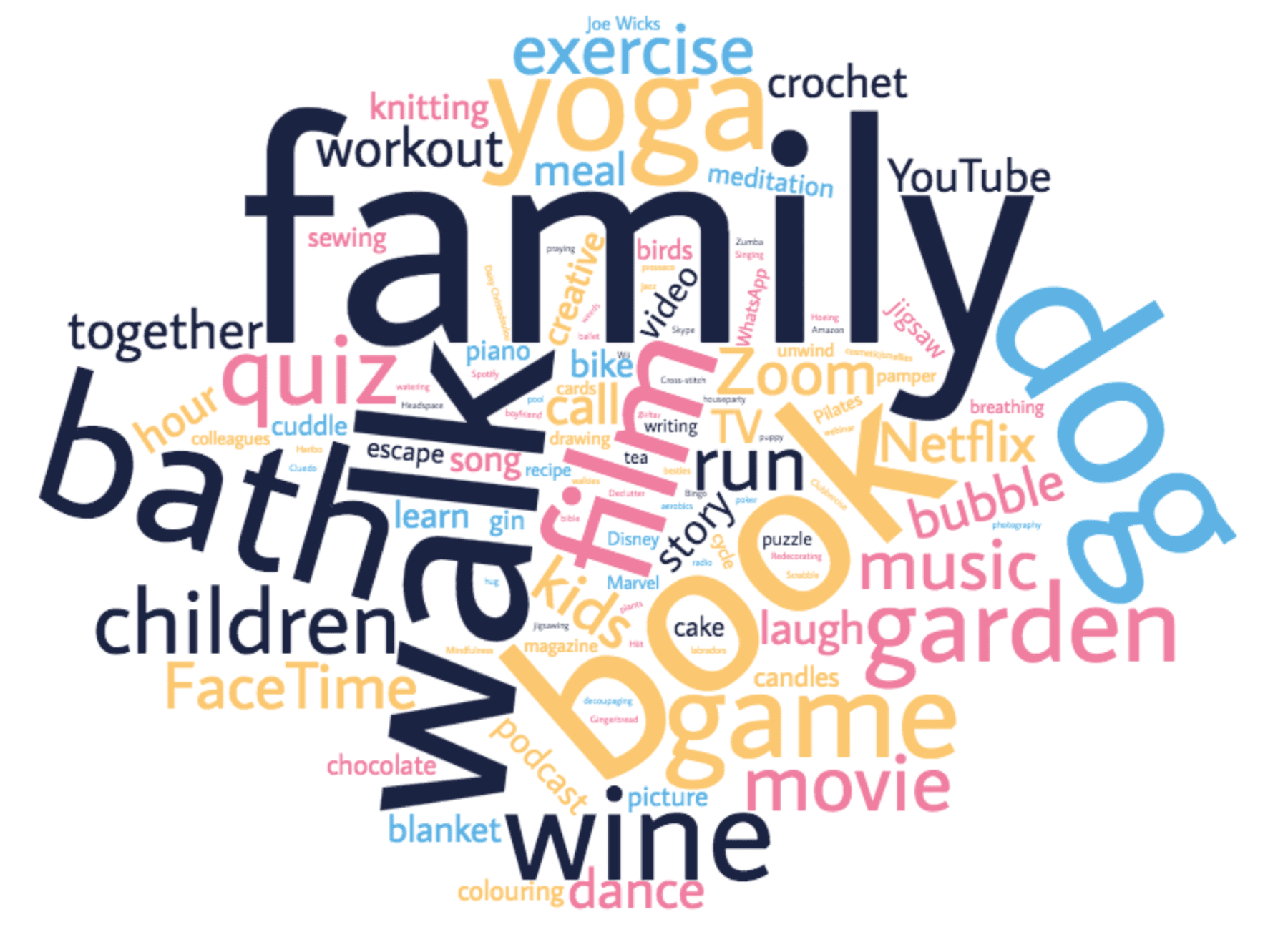Confident by design: Professional development through the lens of self-efficacy

History is littered with references to the importance of confidence and the transformative power of positive self-belief. From the Roman Poet Virgil’s ‘They can because they think they can’ to Henry Ford’s ‘If you think you can or think you can’t, you’re right’, confidence has been described as a key ingredient in successful performance. The question is, how large a consideration is it during the design and delivery of professional development? In this article, I discuss a more focused element of confidence, ‘self-efficacy’, and how to leverage its benefits.
Self-efficacy has been defined as ‘one’s beliefs in one’s capabilities to organise and execute the courses of action required to produce given attainments’, Bandura (1997) or more simply, ‘task-specific confidence’. Self-efficacy theory has been applied across a range of performance domains, including academic achievement (Pajares, 1996) teacher effectiveness (Tschannen-Moran and Woolfolk Hoy, 2001) and leadership success (Paglis, 2010).
Individuals with high levels of self-efficacy in a particular domain:
- accept challenges
- demonstrate intrinsic interest and deep engagement with activities
- show resilience during difficult tasks
- recover quickly from setbacks and disappointments
- experience lower levels of stress.
On the other hand, individuals with low levels of self-efficacy:
- have low aspirations
- avoid challenging tasks
- lessen their efforts during difficulties
- demonstrate weak commitment to goals
- focus on personal failings and negative outcomes.
Efficacy beliefs are developed over time through childhood and into adulthood and yet in the present they are dynamic – when faced with a choice or new challenge, individuals utilise a variety of efficacy information to calculate their perceived level of competence, which then directs their thoughts and behaviours. Bandura (1977) proposed four categories of efficacy information used in these appraisals: past experiences, vicarious influences, verbal persuasion and physiological and emotional states.
Past experiences
Past experiences have been shown to be the most influential source of efficacy information, with experiences viewed as successful serving to increase efficacy and the contrasting attribution of failure serving to reduce it. However, the influence of past experiences is complex, and interacts with, for example, perceived task difficult and levels of guidance. Studies have found that past performances with high levels of difficulty, little external assistance and limited failures contributed more to efficacy development than those that were easily achieved with external support.
Vicarious influences
Observation of others can have a powerful influence on self-efficacy beliefs, providing comparisons against one’s own performances and the message that skills are learnable. Vicarious influences particularly impact on individuals with less direct knowledge of their own capability and when observers and models share attributes such as gender, physicality, experience or ability.
Verbal persuasion
Individuals also develop self-efficacy beliefs from the social messages they receive from others, typically in the form of persuasion, feedback and appraisal. Verbal persuasion is strongly influenced by the perceived prestige, credibility, expertise and trustworthiness of the persuader and should be a key factor in the selection of mentors or coaches.
Physiological and emotional states
Physiological and emotional states such as fear, anxiety, increased heart rate, sweating and pain provide additional information for efficacy appraisals. The presence of these factors can predispose individuals to high or low perceptions of capability and also fuel in-task appraisals of their ability to meet task demands.
At the Cabot Learning Federation, we are committed to supporting our staff through high quality professional development opportunities and use self-efficacy as one of the lenses through which we view the design of those experiences. If we want staff to develop the positive attributes associated with high levels of self-efficacy in teaching, then it follows that staff should have opportunities to leverage the different categories of efficacy information. Below are some simple but fundamental questions for professional development providers looking to develop levels of self-efficacy:
- Do learners have opportunities to practise during training?
- Do learners have opportunities to gain experience once back in school?
- How varied are learner’s experiences?
- Are levels of difficulty and support tailored to individuals?
- Do learners have opportunities to observe good practice?
- Are models characteristically aligned with learners? (ability, experience etc.)
- Do learners have access to feedback from others?
- Are coaching/mentoring relationships purposefully chosen to ensure perceived credibility?
- How are staff supported to improve their self-awareness?
- How are staff supported to improve their self-management?
To conclude, let’s imagine the professional development journey of an individual purposefully exposed to self-efficacy-enhancing experiences.
From early in their career, this member of staff has attended training where they have been able to go beyond knowledge acquisition, apply their understanding, and practise key skills. Back at school, opportunities exist for them to gain further experience in a range of different contexts. At all times, levels of challenge and support are appropriately managed so that success is experienced and internally attributed. School leaders invest in their future capacity by purposefully providing a wide range of opportunities and challenges. They are intelligently partnered with credible staff who can provide models of effective practice and impactful feedback. Throughout their career they have been supported to improve their self-awareness and self-management, and with an arsenal of positive efficacy information to draw on, they can face future challenges with a galvanising sense of confidence.
References
Bandura A (1977) Social Learning Theory. Englewood Cliffs, NJ: Prentice Hall.
Bandura A (1997) Self-efficacy: The Exercise of Control. New York: W.H. Freeman.
Paglis L.L (2010) Leadership self-efficacy: Research findings and practical applications. Journal of Management Development 29(9): 771-782.
Pajares F (1996) Self-efficacy beliefs in academic settings. Review of Educational Research 66(4): 543-578.
Tschannen-Moran M and Woolfolk Hoy A (2001) Teacher efficacy: Capturing an elusive construct. Teaching and Teacher Education 17 (7): 783-805.











Thank you, we will be referencing this article when working with trainee teachers on the importance of joining Subject Associations and engaging with CPD. We already reference Carol Ryff’s work on psychological well-being so this lends another perspective.